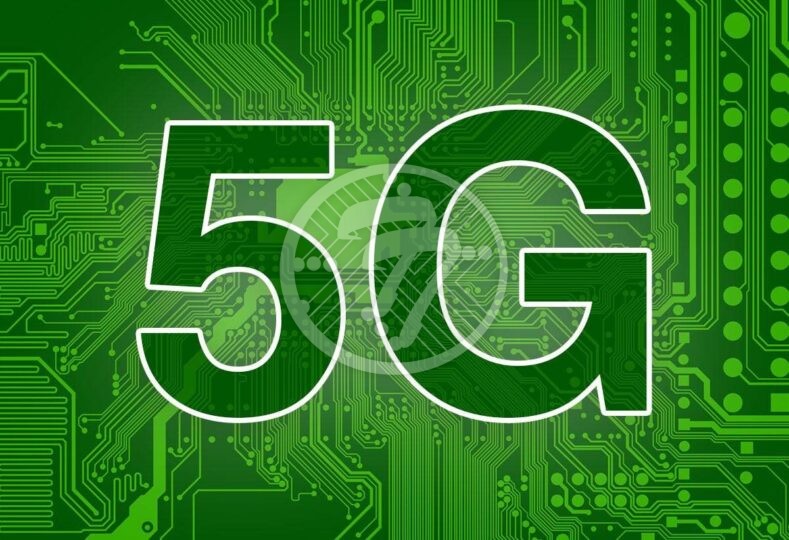5G – A change that is going to make a big difference in PCB Manufacturing world

The impact that 5G is expected to have on electronic devices cannot be overstated. From faster data rates to more data traffic, the impact will be profound. What is important though is the manufacturing innovation required to be able to handle this kind of scale and quality. From transportation to industrial applications, from mobile phone connectivity to entertainment applications, the impact will be ubiquitous. The PCB Manufacturing industry is no exception.
5G PCB Challenges:
One of the major impacts of the advent of 5G will be in terms of the requirement of increasingly smaller designs and therefore high density interconnects with thin board traces. If not handled correctly it can lead to degradation in signal performance. Not only can signal transmission be delayed it can also impact data flow. Manufacturers, therefore, need to ensure that designs are well executed to prevent any of these issues from occurring. To a large extent this issue is solved by the use of modified semi-additive processes (popularly called mSAP), as it enables traces to be formed with precision and thereby leads to better impedance control.
While in the conventional subtractive process, the chemical treatment used to vertically etch the lines also dissolves the copper in a horizontal direction along the trace walls, with mSAP, the traces are formed with higher precision in straight vertical lines with a rectangular cross-section. It not only maximizes circuit density but also leads to lower signal loss.
AOI for 5G Circuit Board:
Irrespective of whether mSAP or conventional tools are being used, what needs to be employed is AOI or Automated Optical Inspection tools to inspect PCBs for various defects. So far automated optimal inspection has been resorted to for testing PCBs and pointing out any defects. This is done by inspecting CAM designs and then ensuring that the designs are reproduced. In case of 5G enabled boards, additional capacities by way of an AOI system will be needed, which can inspect potential defects by measuring top and bottom trace conductors. Lately PCB manufacturers have been able to leverage 2D metrology technology. With this there is higher impedance control and also allows for high throughput as well as high sampling rates. Also, with advanced AOI system integration, PCB manufacturers can combine AOI processes on a single platform leading to a lot of efficiency in terms of time and labour. This is as opposed to putting together a wide assortment of tools that among other things require precious floor space. There is also the added difficulty that whenever a panel is being measured manually, production comes to a halt, leading to waste of precious time.
Fortunately, though the AOI system is constantly advancing and offers PCB manufacturer the ability to combine many processes on a single platform. The advanced AOI workflow can include the verification processes as well. In turn, this takes away the need to have stand-alone systems to figure out PCB defect. Considering the fact that verification is extremely resource intensive, often over three times more than the inspection process, this becomes especially important. Also since the use of 5G necessitates increased verification, if manufacturers use conventional tools, they will land up devoting a whole lot of resources. be it by way of floor space or manpower leading to a significant increase in costs. In the new approach, however, the use of artificial intelligence ensures that false alarms are sifted out. The operator can then focus on those defects that can be resolved using the automated optical shaping systems. This in turn saves the time and effort of moving every panel to the verification station. Not to mention the fact that the transporting each panel can also lead to the risk of panel damage. A single centralized Remote Multi Image Verification Station takes away all of these concerns.
Another benefit that accrues from a consolidated AOI system is that it lends itself to data aggregation and analysis. In turn what this means for the PCB Manufacturer is that relevant insights can be easily drawn from the aggregated data which in turn aids quick decision making. With integrated AOI workflows, it is also easy to trace PCBs and to isolate any defective PCBs. This in turn takes away a lot of hassle that can result from withdrawing defective PCBs after they are deployed in any device.
While large-scale implementation of 5G will require some time, the fact is that each industry, including PCB manufacturing needs to gear itself for the impending changes. If done correctly, PCB Manufacturers can benefit from the fact that PCB inspection and verification allows for a very high level of precision and also that defective PCBs can be easily traced. Needless to mention that each of this aspect in turn leads to cost efficiencies and offers a great deal of competitive advantage.
At Technotronix, we are fully equipped to handle your PCB manufacturing requirements. With over 4 decades of experience in PCB manufacturing as well as assembling PCBs with differing levels of complexities, we follow industry best practices to ensure we deliver cutting-edge products. Our team of experts and state-of-the-art equipment ensures that all our PCBs meet the industry standards of quality and testing. It is our vast portfolio of satisfied clients that stand as the biggest testimony to our success. In case if you have any questions, please feel free to contact us via email at [email protected]






